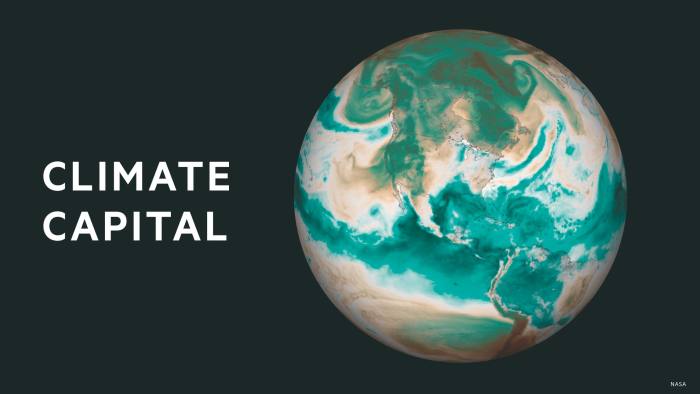Renewable energy capacity is set to grow by one-third in 2023, driven in large part by the big push into solar and wind power by China, the International Energy Agency forecast.
In the largest annual expansion to date, the IEA estimated renewable capacity to increase by 107GW to 440GW — equivalent to the total installed power capacity of Germany and Spain.
A combination of government support, energy security concerns and renewables’ increased competitiveness against fossil fuels was behind the forecast surge, the IEA said, outweighing the challenges posed by rising interest rates, higher investment costs and supply chain challenges.
While expansion is taking place across the world’s biggest markets, China was expected to further cement its position as a renewable energy leader, set to account for 55 per cent of global annual capacity additions in 2024.
China has promoted the development of large-scale solar projects to provide energy that is cheaper than benchmark coal electricity prices, as well as smaller-scale installations for public institutions and state-owned businesses.
The country is also expected to be behind a nearly 70 per cent global rebound in wind power capacity in 2023, after deploying about a third less than expected in 2022.
This followed Covid-19 restrictions that led to the delay of multiple onshore and offshore projects that are now expected to become operational in 2023 and 2024. This would lift China’s share of global wind capacity expansion to more than 60 per cent over the next two years.
In the US and Europe, supply chain issues also delayed wind projects that were planned for 2022 until 2023.
But it was solar electricity panels, or solar photovoltaics, that accounted for two-thirds of the total increase in renewable capacity forecast for 2023, both from large-scale plants and smaller systems, including rooftop set-ups.
Manufacturing capacity for solar PVs is expected to more than double to 1,000GW by 2024, led by China, the US, India and Europe. Based on current trends, the world will have enough solar manufacturing capacity to meet the IEA’s scenario for net zero greenhouse gas emissions by 2050.

However, the agency warned that further policy support for renewables was needed, as well as improvements to grid infrastructure, to meet demand.
“Policies need to adapt to changing market conditions, and we need to upgrade and expand power grids to ensure we can take full advantage of solar and wind’s huge potential,” said IEA executive director Fatih Birol.
Forecasts for renewable energy capacity in Europe have been increased by 40 per cent since Russia’s full-scale invasion of Ukraine spurred many countries to boost their solar and wind capabilities to replace Russian natural gas. High energy prices made rooftop solar plants more financially viable and boosted policy support in markets such as Germany, Italy and the Netherlands.
Newly installed solar and wind capacity is estimated by the IEA to have saved EU electricity consumers €100bn over 2021 to 2023.
Biofuels helped avoid the use of 2mn barrels of oil in 2022, the IEA said, as countries with feedstock and spare capacity, such as Argentina, India and Indonesia, boosted production to bring down fossil fuel imports.
The updated biofuel forecast was based on an 11 per cent rise in new demand by 2024, with nearly two-thirds of this demand coming from emerging markets. However, in advanced markets new policies are not expected to influence production until after 2024, with high prices, feedstock supply issues and technical constraints limiting growth.
“While the scale of new projects is impressive, it is not yet at a level that would avoid a feedstock supply crunch, and the feasibility of most new [biofuels] projects is uncertain,” said the IEA.
Climate Capital

Where climate change meets business, markets and politics. Explore the FT’s coverage here.
Are you curious about the FT’s environmental sustainability commitments? Find out more about our science-based targets here




